First of the breed: GFX 100 prototypes take shape
 |
Back in early March, I had the opportunity to visit Fujifilm’s main Taiwa camera assembly plant in Sendai, Japan. Among other things, the so-called ‘X Factory’ is where Fujifilm’s assembly line staff are currently putting together the company’s new 100MP flagship, the medium format GFX.
But when I visited, mass production was still some way off. Instead, a small dedicated production team was creating the very first working prototypes of the GFX 100, ready for beta testers and Fujifilm’s engineers to start working with. Prototypes are built largely by hand, and the process is time-consuming, expensive and fascinating. While we were shown every step, Fujifilm is understandably protective over some of the details, but has given us permission to publish a small number of images. Click through for a glimpse behind the curtain, and back in time, as the very first GFX 100 prototypes took shape earlier this year.
First of the breed: GFX 100 prototypes take shape
 |
Inside this unassuming building is where the magic happens. About 20 miles outside of Sendai, the main assembly building at Fujifilm’s Taiwa plant was quite badly damaged in the major earthquake of 2011. Closed for 7 years, it re-opened in 2018 after a 6-month renovation to both modernize the facility and make it safe for continued use.
First of the breed: GFX 100 prototypes take shape
 |
Here’s a finished GFX 100 sat on a table alongside its various components, broken out into the major ‘blocks’ which make up the guts of the camera. At Fujifilm’s request we’ve obscured the details of exactly how many parts make up the key parts of the camera, but to give you some idea of its complexity, the IBIS unit alone is comprised of more than 100 individual parts.
One of the interesting things about the GFX 100 is that its major imaging components are assembled into a single unit, structurally independent to the main body panels which make up the exterior chassis of the camera (i.e., the bits that you can see). Everything is ultimately connected, of course, but by integrating the sensor, IBIS unit and lens mount into a discrete unit, very precise alignment can be achieved – and maintained – even if the main body of the camera is subjected to physical stress or shock.
First of the breed: GFX 100 prototypes take shape
 |
And here’s that IBIS unit in all its glory, with a 100 Yen piece alongside for scale. If you don’t have a sense of how big a 100 Yen piece is, it’s about the same seize as a US quarter and a British 10p piece.
While it’s clear that the IBIS unit takes up quite a bit of space, what’s surprising is that it isn’t larger, given the size of the sensor that it has to stabilize – and of course the weight of that sensor. In fact, four springs are incorporated to absorb sensor movement.
Fujifilm claims that the IBIS system should be effective up to 5.5EV by CIPA standards. While our experience suggests that you can’t rely on that kind of performance with every lens and in every shooting scenario, there’s no doubt that the system adds considerably to the camera’s versatility out of the studio.
First of the breed: GFX 100 prototypes take shape
 |
Here, a prototype GFX 100 undergoes one of several automated tests performed after initial assembly. Everything from shutter accuracy to IBIS calibration must be performed on a camera-by-camera basis, to ensure that each GFX 100 performs in exactly the same way. All of this calibration data is saved to a database stored by Fujifilm, and can be looked up by serial number if and when the camera comes in for service in the future.
This particular camera is fully assembled, but still waiting for its textured rubber body coating to be applied.
First of the breed: GFX 100 prototypes take shape
|
|
Applying the rubberized body cladding is a difficult and very manual process. You can trust me on that, because the managers who gave me this tour let me try doing it myself, and my attempt at covering a section of the X-H1 was considered “very good”, because I only took twice as long as the experienced technician holding the timer and grinning encouragingly.
In fact, unlike final shipping cameras, which will be made on a semi-automated production line, these first prototype GFX 100 bodies are put together almost entirely by hand. We can’t show you pictures of the full process in this article (at Fujifilm’s request) but trust me that watching a human being manually solder every pin on the lens mount’s electronic interface perfectly, in mere seconds, using a single continuous piece of solder is a very humbling experience to a keyboard warrior like me.
First of the breed: GFX 100 prototypes take shape
 |
Here, an assembly line worker performs the exacting task of manually applying a section of the GFX 100’s textured rubber coating. Under the fingers of his left hand you can see a clear plastic window built into the camera’s main handgrip. ‘Window’ is a good word for it, because directly underneath this section of plastic is the GFX 100’s WiFi antenna. In contrast to magnesium alloy, WiFi signals can ‘see’ through plastic easily.
First of the breed: GFX 100 prototypes take shape
 |
Here’s a closer look at the ‘skeleton’ of the GFX. The chassis is made from magnesium alloy, with polycarbonate employed in various less structurally-critical places, such as the previously mentioned WiFi antenna ‘window’ and the battery tray door, parts of the facia around the vertical grip controls and so on.
Image supplied by Fujifilm and used with permission
First of the breed: GFX 100 prototypes take shape
 |
Here’s the skeleton with a little more flesh on its bones. One of the highlights of my tour of the prototyping line was getting my hands on the very first prototype, complete with 3D printed plastic parts and hand-finished buttons. Unfortunately, and for very understandable reasons, Fujifilm would prefer that I don’t show you a picture of it.
Image supplied by Fujifilm and used with permission
First of the breed: GFX 100 prototypes take shape
 |
Here, a fully assembled and cosmetically finished prototype GFX 100 undergoes more testing before being released into the wild, where Fujifilm’s engineers and selected beta testers will put it through its paces.
Of course, hardware is only part of the equation. During the process of pre-release testing, prototype cameras like this might have literally hundreds of major and iterative firmware updates applied to them as features are added, removed and tweaked.
Tragically, like the replicants in Blade Runner, these first hand-built prototype test bodies are destined for a short service life. Once the beta testing program is complete, they’ll be returned to Fujifilm and reduced to their component parts. It’s too bad they won’t live – but then again, who does?
Articles: Digital Photography Review (dpreview.com)

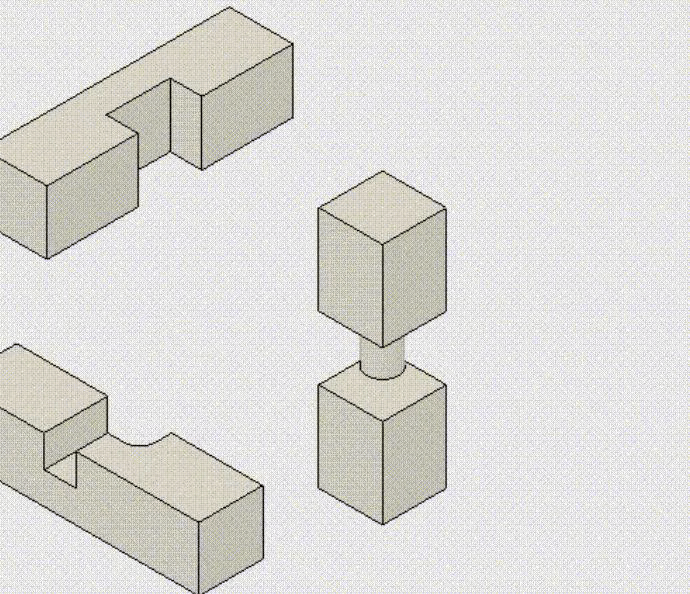
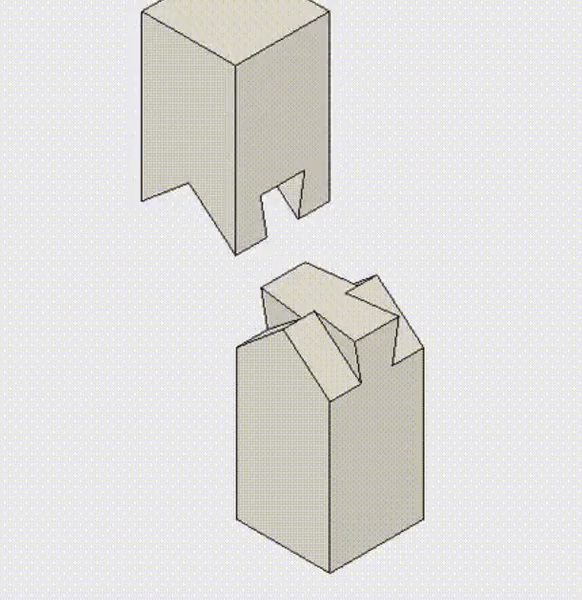














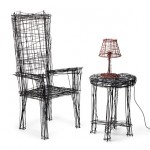
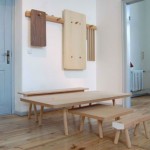
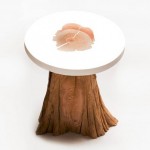




You must be logged in to post a comment.